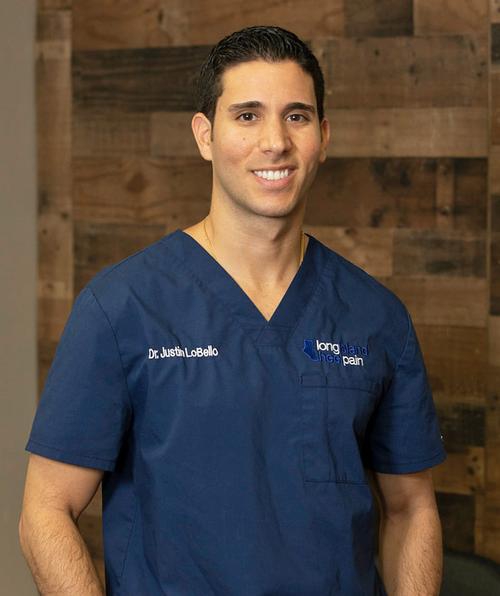 Turf toe is a sprain-like injury of the main joint of your big toe. Essentially, your big toe bends too far or too forcefully, causing the joint's ligaments, tendons, or soft tissues to stretch or tear. The result is pain, swelling, joint instability, and a big toe that sticks up unnaturally.
Turf toe is a sprain-like injury of the main joint of your big toe. Essentially, your big toe bends too far or too forcefully, causing the joint's ligaments, tendons, or soft tissues to stretch or tear. The result is pain, swelling, joint instability, and a big toe that sticks up unnaturally.
At Massapequa Podiatry Associates, our highly skilled doctors of podiatric medicine (DPMs) offer world-class care for turf toe treatment, as well as bunions, lack of push-off strength, and other related complications. Here’s what you should know about these common sports injuries, including how our podiatrists can help guide your recovery.
Table of Contents
Top Risk Factors for Turf Toe
Although anyone can suffer a turf toe injury under the right circumstances, it is most common among football and basketball players, dancers, gymnasts, and other athletes who frequently flex their toes and make sudden movements or changes in direction on hard, artificial surfaces with little give. Other turf toe risk factors include:
- Wearing high heels
- Toe walking
- Wearing shoes that lack appropriate support or cushioning, especially while playing sports
- Wearing shoes with soft, flexible soles
Types of Turf Toe Injuries and Their Symptoms
Turf toe injuries can range from mild stretching or tearing of the soft tissues to total dislocation of the big toe joint. Doctors grade the injuries by severity, which helps them determine the most effective plan for getting you back on your feet quickly and safely. Here’s a brief look at the types of turf toe injuries and their associated symptoms:
- Grade 1 – Mild. The affected soft tissue is stretched but not torn, causing minor swelling, pain, tenderness, and limitations to sports and exercise activities.
- Grade 2 – Moderate. The soft tissue is partially but not completely torn, resulting in moderate bruising, swelling, tenderness, and limitations to various activities. The toe may require immobilization.
- Grade 3 – Severe. The soft tissue of the big toe joint is completely torn, or the main joint, the metatarsophalangeal joint (MTP), is dislocated, causing severe pain, swelling, tenderness, and restriction to sports, exercise, and daily activities. The toe may require immobilization and, in some cases, surgery.
Because the grade of your turf toe injury plays a significant role in directing your care and recovery, an accurate assessment and diagnosis are vital. Fortunately, you’ve come to the right place. At Massapequa Podiatry Associates, our well-trained foot and ankle specialists have extensive experience addressing turf toe injuries of all types and severity.
Effective Turf Toe Treatment Options
Treatment for mild turf toe looks very different from treatment for moderate or severe turf toe. Most Grade 1 injuries typically respond well to a simple R.I.C.E. regimen of rest, icing, compression, and elevation; taping for immobilization; and over-the-counter NSAIDs such as ibuprofen to relieve swelling and pain. Treatment for Grade 2 or Grade 3 injuries may also include:
- Immobilization via a cast or walking boot for up to several weeks, followed by a taping regimen
- Physical therapy
- Orthotics
- Surgery to repair damaged soft tissues and restore the big toe joint’s normal range of motion and function
With early intervention and proper professional treatment, turf toe typically heals without lasting negative effects, although some people continue to struggle with joint stiffness, weakness, pain, or a big toe that refuses to lie flat. The sooner you seek help, the more options we have for treating turf toe without surgical intervention and for preventing potential long-term complications and mobility challenges.

